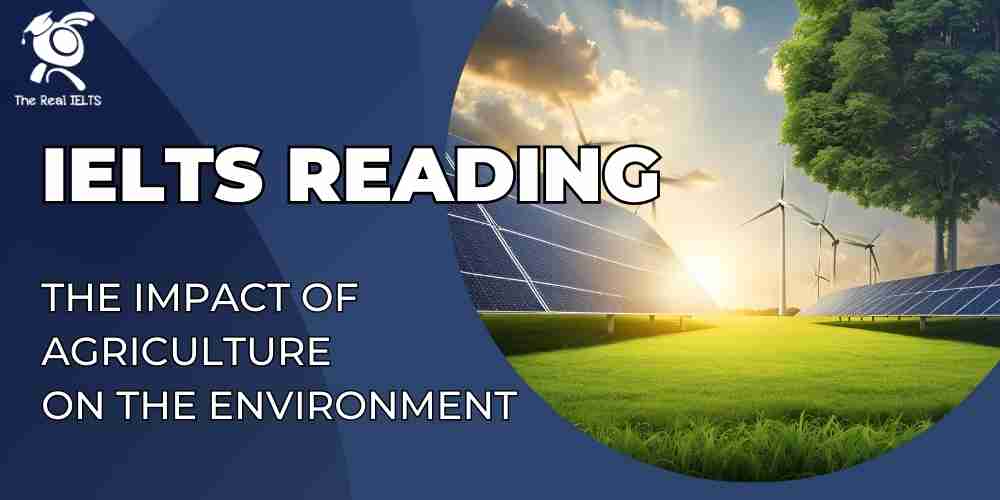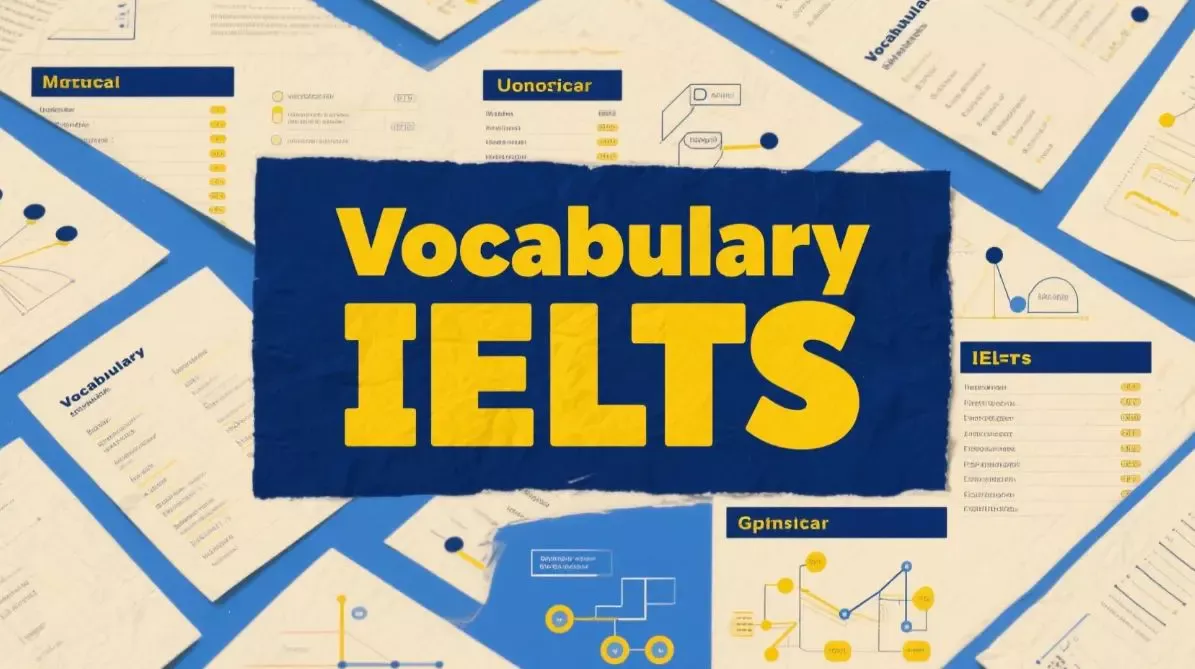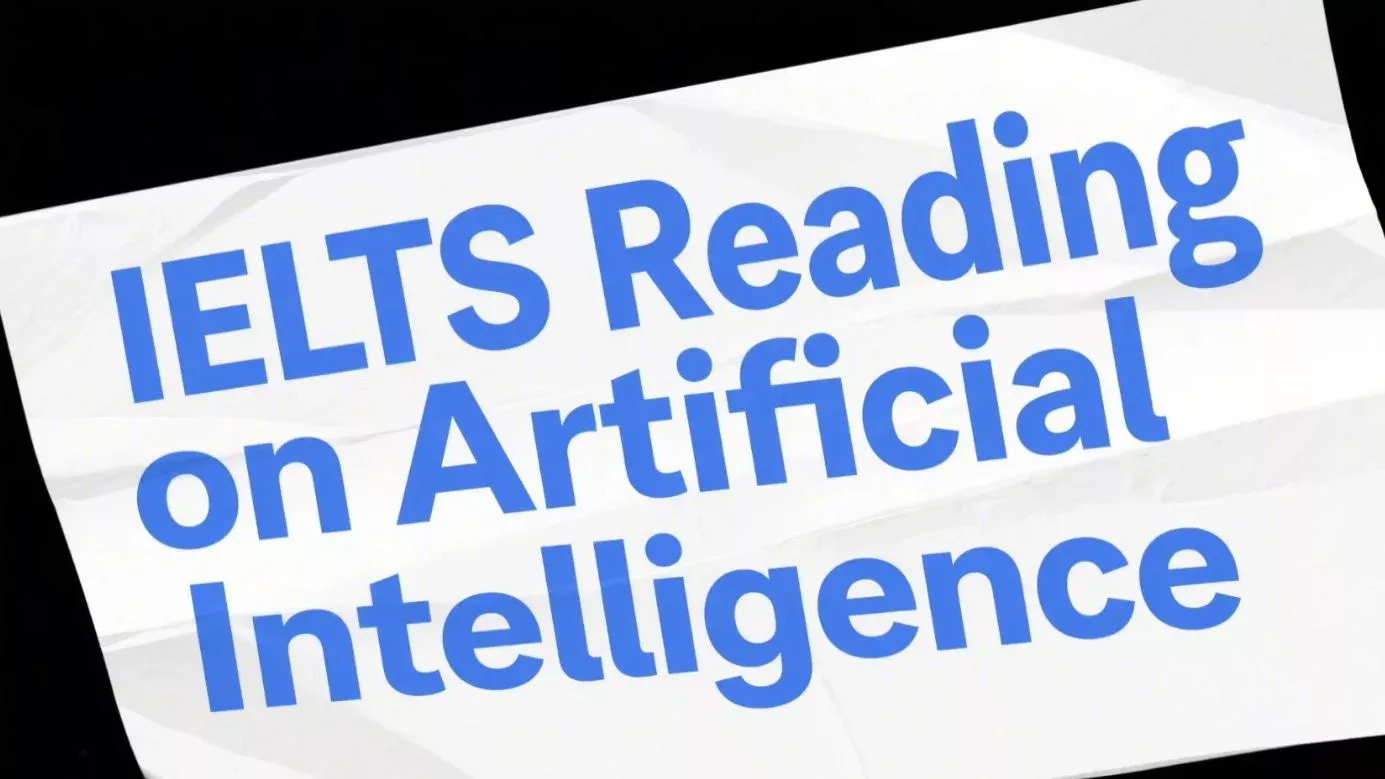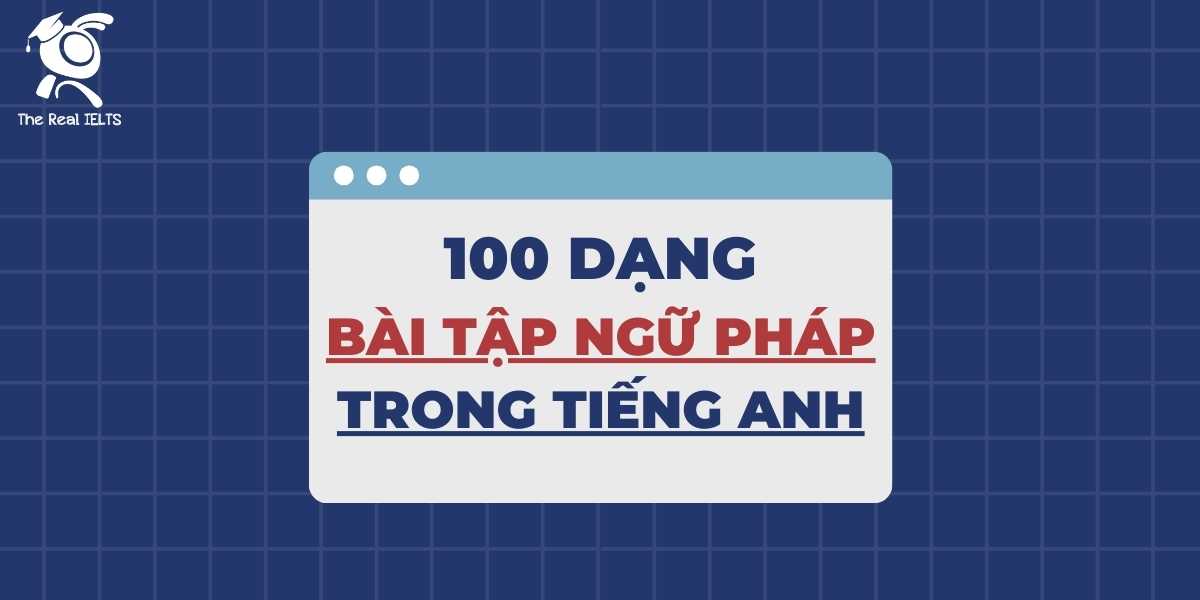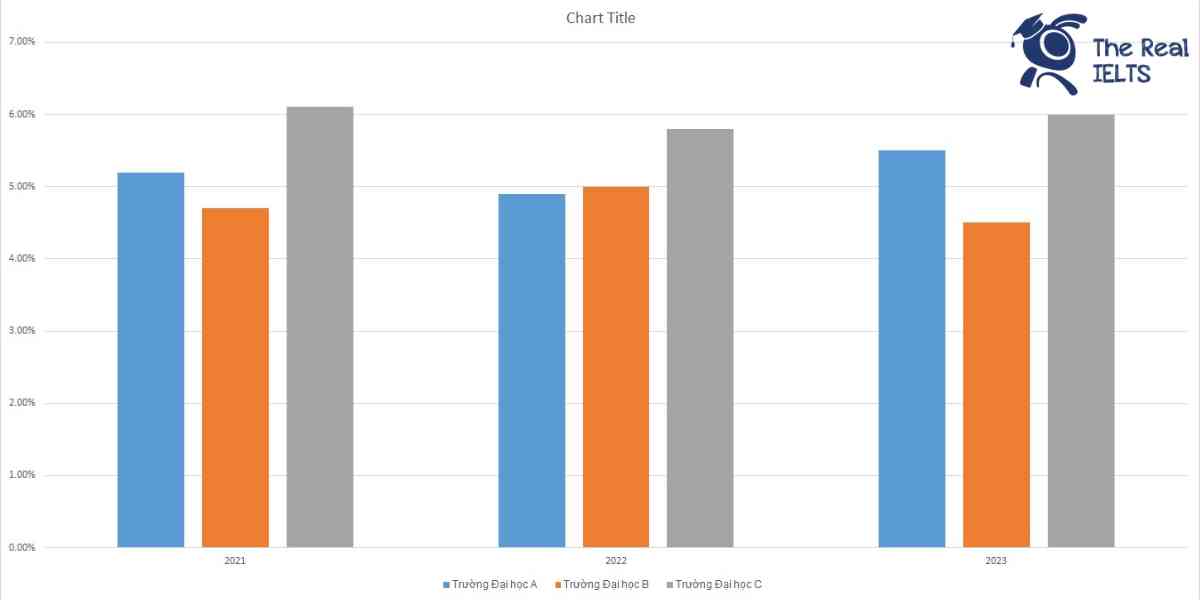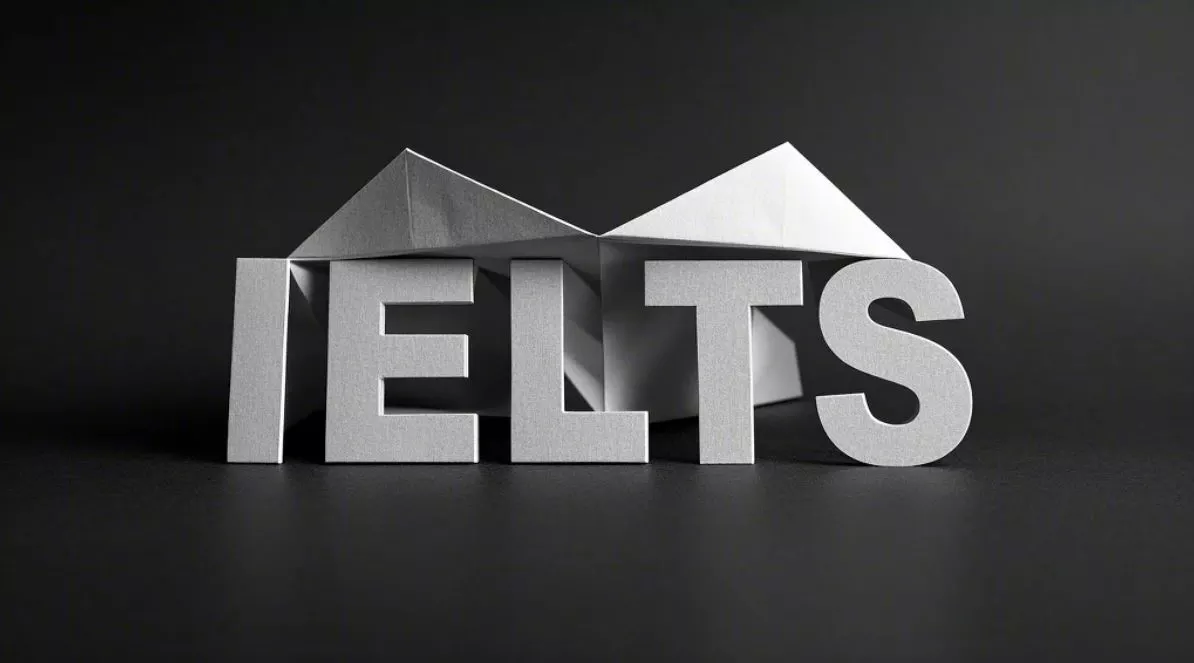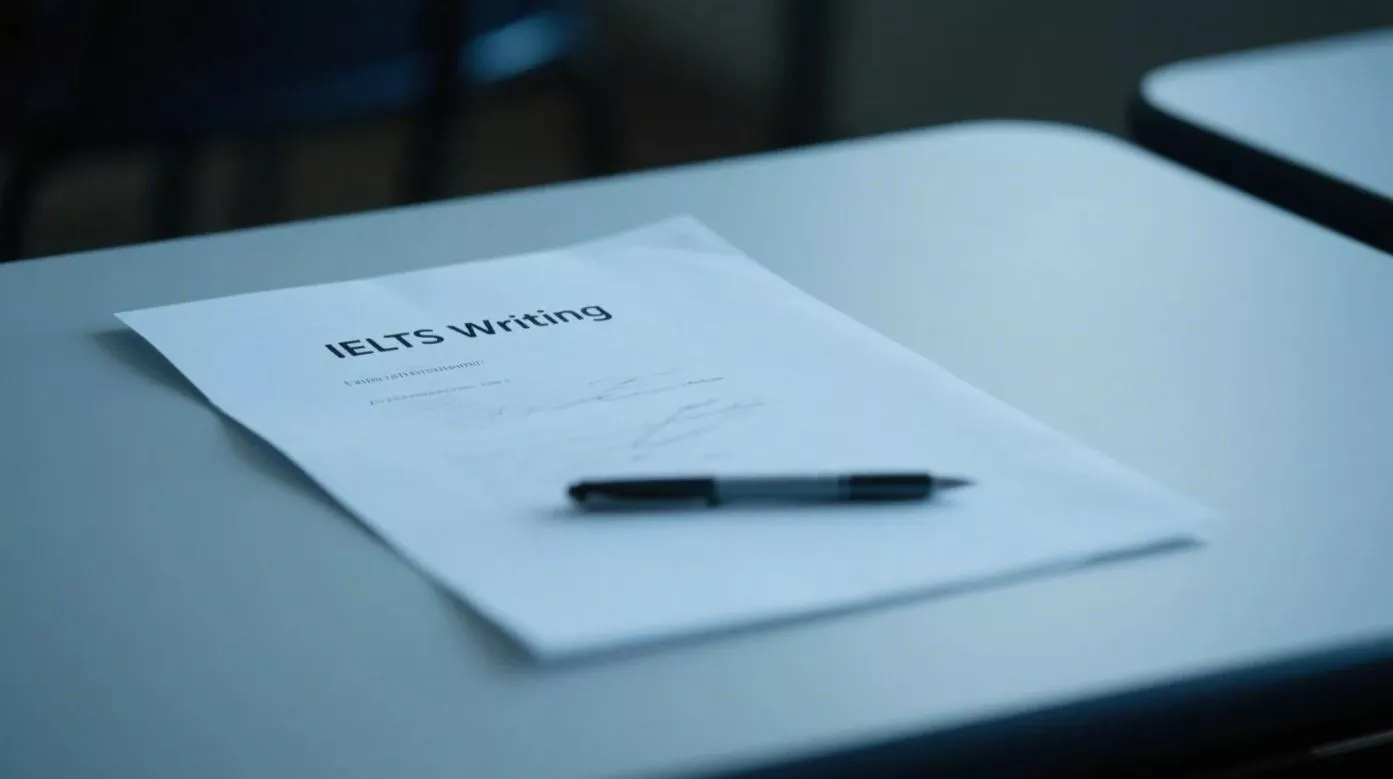IELTS Reading 7: The Impact of Agriculture on the Environment là chủ đề thuộc chuỗi bài luyện tập 11 dạng bài IELTS Reading và các bài tập luyện tập.
Học lại bài cũ: IELTS Reading 6: Renewable Energy Resources.
IELTS Reading: The Impact of Agriculture on the Environment
Agriculture has been an essential part of human civilization, providing food and raw materials for centuries. However, modern agricultural practices have significantly impacted the environment, leading to various ecological challenges. This passage explores the key ways in which agriculture affects the natural world.
1. Soil Degradation
Soil is one of the most critical resources for agriculture. However, intensive farming techniques often lead to soil degradation. Practices like over-tilling, monocropping, and the excessive use of chemical fertilizers deplete the soil’s nutrients and structure. Over time, this reduces the soil’s fertility, making it less productive and more prone to erosion. Soil erosion, in turn, leads to the loss of topsoil, which is vital for plant growth.
2. Water Usage and Pollution
Agriculture is a major consumer of freshwater resources. Irrigation practices, especially in areas with limited water supply, can lead to water scarcity and reduced water availability for other uses. Additionally, the runoff from agricultural fields often carries fertilizers, pesticides, and herbicides into nearby rivers, lakes, and groundwater sources. This can result in water pollution, harming aquatic ecosystems and making water unsafe for human consumption.
3. Greenhouse Gas Emissions
Modern agriculture is also a significant contributor to greenhouse gas emissions. Livestock farming, in particular, produces large quantities of methane, a potent greenhouse gas that contributes to global warming. Fertilizer application releases nitrous oxide, another greenhouse gas, into the atmosphere. Moreover, the use of heavy machinery in farming operations relies on fossil fuels, further increasing carbon dioxide emissions.
4. Loss of Biodiversity
The expansion of agricultural land often comes at the expense of natural habitats. Forests, wetlands, and grasslands are frequently cleared to make way for crops and pastures. This leads to habitat loss and fragmentation, putting many plant and animal species at risk of extinction. Monocropping, or planting a single type of crop over large areas, also reduces biodiversity by creating an environment that supports fewer species.
5. Pesticide Use and Its Consequences
Pesticides are commonly used in agriculture to control pests and increase crop yields. However, these chemicals can have detrimental effects on non-target species, including beneficial insects like bees and butterflies. The decline in pollinator populations has serious implications for food production, as many crops rely on these insects for pollination. Furthermore, pesticide residues can enter the food chain, posing health risks to humans and wildlife.
6. Impact on Climate Change
Agricultural activities contribute to climate change in several ways. Deforestation for farming purposes reduces the planet’s ability to absorb carbon dioxide, a key factor in controlling global temperatures. Additionally, rice paddies and livestock emit significant amounts of methane, while fertilizers increase nitrous oxide levels. Both of these gases have a much greater heat-trapping ability than carbon dioxide, making them significant contributors to global warming.
7. Sustainable Agricultural Practices
In response to the environmental challenges posed by traditional farming methods, there is a growing movement toward sustainable agriculture. Techniques such as crop rotation, agroforestry, organic farming, and precision agriculture aim to reduce environmental impact while maintaining productivity. These methods focus on enhancing soil health, conserving water, reducing chemical use, and promoting biodiversity.
Conclusion
The impact of agriculture on the environment is a complex issue that requires a balance between meeting the food demands of a growing global population and protecting natural resources. Sustainable agricultural practices offer a way to mitigate some of the adverse effects, but widespread adoption and innovation are crucial to ensuring the long-term health of our planet.
Question
1. Multiple Choice (Chọn đáp án đúng)
- What is one of the main problems caused by over-tilling and monocropping?
- A. Increased greenhouse gas emissions
- B. Soil degradation
- C. Improved water retention
- D. Enhanced biodiversity
- Which agricultural practice is most responsible for water pollution?
- A. Crop rotation
- B. Over-tilling
- C. Use of fertilizers and pesticides
- D. Organic farming
2. True/False/Not Given (Đúng/Sai/Không có thông tin)
- Modern agriculture does not have any significant impact on greenhouse gas emissions.
- Organic farming techniques always increase crop yields compared to conventional farming.
- Soil erosion is one of the major issues caused by intensive farming techniques.
3. Yes/No/Not Given (Có/Không/Không có thông tin)
- The author believes that sustainable agriculture is the only solution to environmental problems caused by farming.
- It is suggested that deforestation is a direct result of agricultural expansion.
- The passage states that precision agriculture requires no chemical fertilizers.
4. Matching Information (Ghép thông tin)
Match the following information to the correct paragraph (1-7):
- A. Discusses the impact of livestock on the environment.
- B. Mentions the consequences of water runoff from agricultural fields.
- C. Talks about the techniques used in sustainable farming.
5. Matching Headings (Ghép tiêu đề)
Choose the correct heading for each paragraph (1-7):
- i. The Role of Livestock in Greenhouse Gas Emissions
- ii. Sustainable Practices for Soil Conservation
- iii. Water Management in Agriculture
- iv. The Threat to Biodiversity from Monocropping
- v. The Challenge of Soil Degradation
6. Matching Sentence Endings (Ghép kết thúc câu)
Match the beginning of each sentence with the correct ending.
- Agriculture contributes to climate change by…
- A. reducing the need for fossil fuels.
- B. emitting large amounts of methane.
- C. increasing water availability.
- D. supporting biodiversity in wetlands.
- Pesticides used in farming can cause…
- A. a significant increase in soil fertility.
- B. a decline in non-target species like bees.
- C. the rapid growth of pollinator populations.
- D. improved water quality.
7. Sentence Completion (Hoàn thành câu)
Complete the sentences below with NO MORE THAN TWO WORDS from the passage.
- The loss of topsoil due to ________ reduces its fertility.
- Methane is primarily released from ________ farming.
8. Summary Completion (Hoàn thành bản tóm tắt)
Complete the summary below using words from the text.
Agricultural Impact on Water Resources:
Agriculture is a major consumer of ________ resources. Irrigation and runoff from fields lead to ________, affecting rivers, lakes, and groundwater.
9. Diagram Label Completion (Hoàn thành nhãn sơ đồ)
Label the diagram below based on the information provided in the passage.
Diagram: Greenhouse Gas Emissions in Agriculture
- Label 1: Source of methane emissions: ________
- Label 2: Source of nitrous oxide emissions: ________
10. Short Answer Questions (Câu hỏi trả lời ngắn)
Answer the following questions using NO MORE THAN THREE WORDS from the text.
- What farming technique involves planting only one type of crop?
- Which sustainable practice focuses on enhancing soil health?
11. Table/Flowchart/Note Completion (Hoàn thành bảng/sơ đồ dòng/chú thích)
Complete the table below using information from the passage.
| Impact | Cause | Consequence |
|---|---|---|
| Soil Degradation | Over-tilling, monocropping | Reduced soil fertility, erosion |
| Greenhouse Gas Emissions | Livestock farming, fertilizers | Increased methane, nitrous oxide |
| Loss of Biodiversity | Deforestation, monocropping | Habitat loss, species extinction |
Answers
1. Multiple Choice (Chọn đáp án đúng)
- B. Soil degradation
- C. Use of fertilizers and pesticides
2. True/False/Not Given (Đúng/Sai/Không có thông tin)
- False (Modern agriculture does have a significant impact on greenhouse gas emissions.)
- Not Given (The passage does not specifically mention whether organic farming techniques always increase crop yields.)
- True (Soil erosion is mentioned as a major issue caused by intensive farming techniques.)
3. Yes/No/Not Given (Có/Không/Không có thông tin)
- No (The author suggests sustainable agriculture is one solution, but not the only solution.)
- Yes (The passage states that deforestation often results from agricultural expansion.)
- Not Given (The passage does not mention that precision agriculture requires no chemical fertilizers.)
4. Matching Information (Ghép thông tin)
- A. Paragraph 3 (Discusses the impact of livestock on the environment)
- B. Paragraph 2 (Mentions the consequences of water runoff from agricultural fields)
- C. Paragraph 7 (Talks about the techniques used in sustainable farming)
5. Matching Headings (Ghép tiêu đề)
- Paragraph 3: i. The Role of Livestock in Greenhouse Gas Emissions
- Paragraph 7: ii. Sustainable Practices for Soil Conservation
- Paragraph 2: iii. Water Management in Agriculture
- Paragraph 4: iv. The Threat to Biodiversity from Monocropping
- Paragraph 1: v. The Challenge of Soil Degradation
6. Matching Sentence Endings (Ghép kết thúc câu)
- B. emitting large amounts of methane.
- B. a decline in non-target species like bees.
7. Sentence Completion (Hoàn thành câu)
- soil erosion
- livestock
8. Summary Completion (Hoàn thành bản tóm tắt)
- freshwater
- water pollution
9. Diagram Label Completion (Hoàn thành nhãn sơ đồ)
- Livestock farming
- Fertilizer application
10. Short Answer Questions (Câu hỏi trả lời ngắn)
- monocropping
- crop rotation
11. Table/Flowchart/Note Completion (Hoàn thành bảng/sơ đồ dòng/chú thích)
| Impact | Cause | Consequence |
|---|---|---|
| Soil Degradation | Over-tilling, monocropping | Reduced soil fertility, erosion |
| Greenhouse Gas Emissions | Livestock farming, fertilizers | Increased methane, nitrous oxide |
| Loss of Biodiversity | Deforestation, monocropping | Habitat loss, species extinction |


